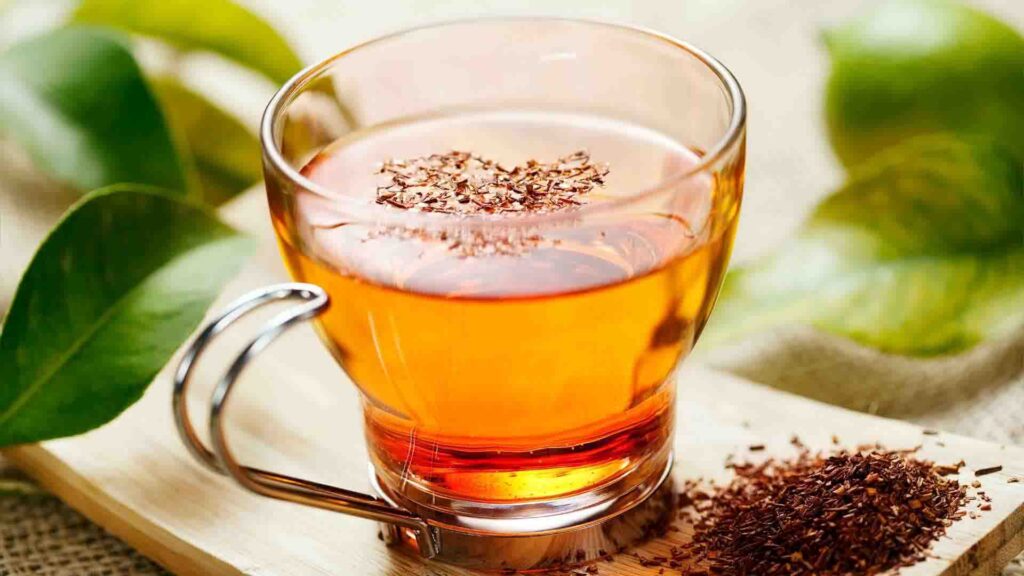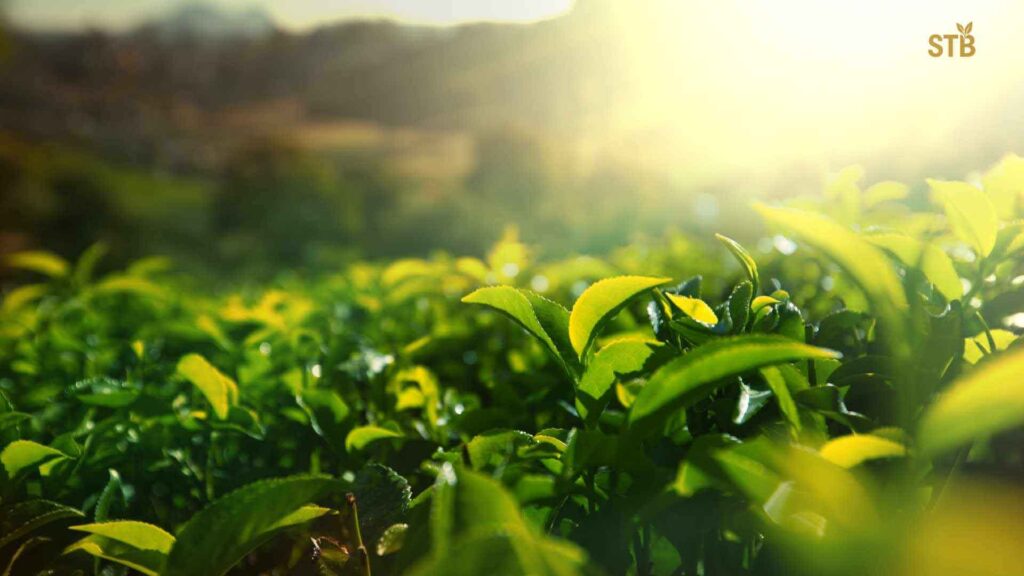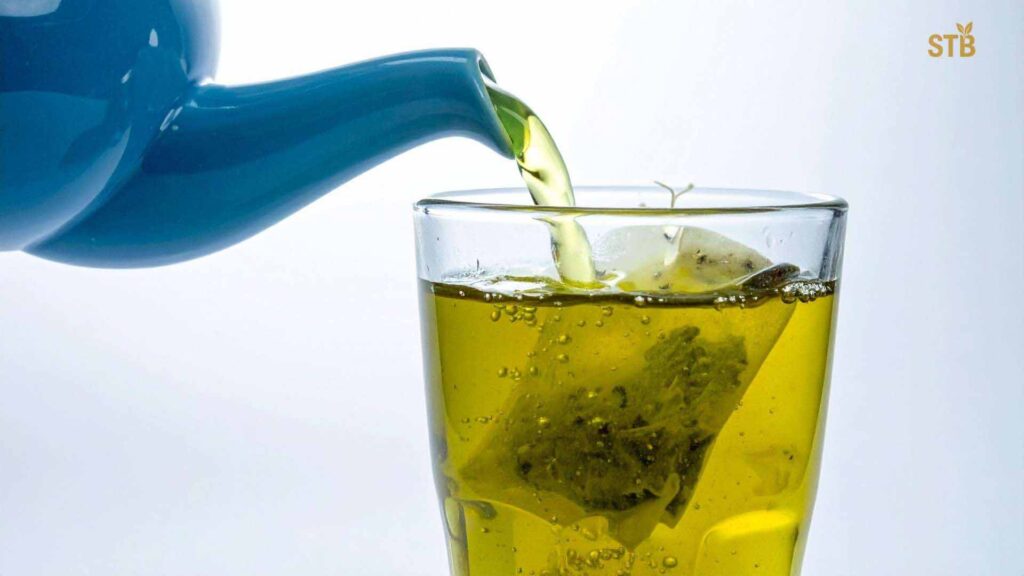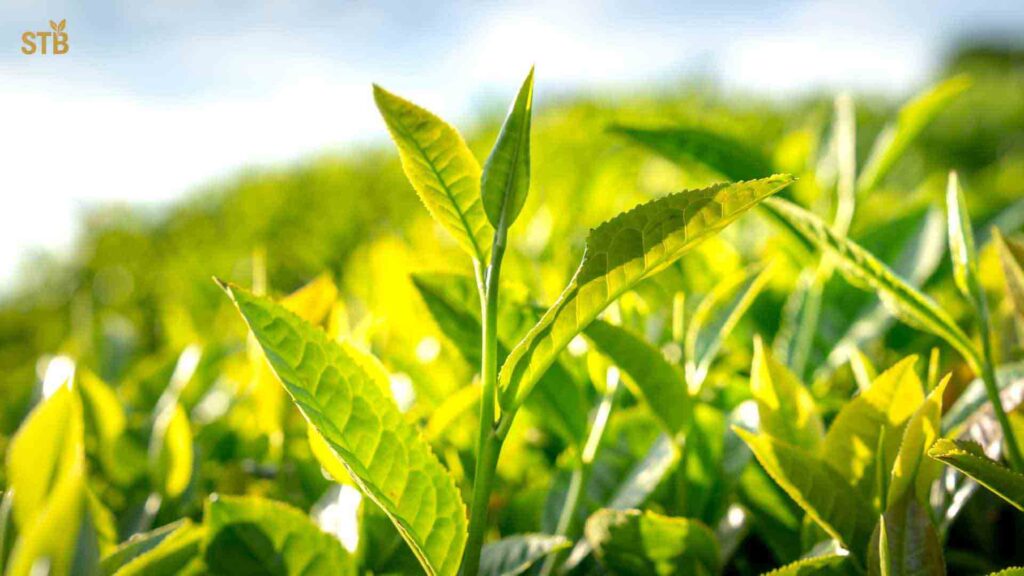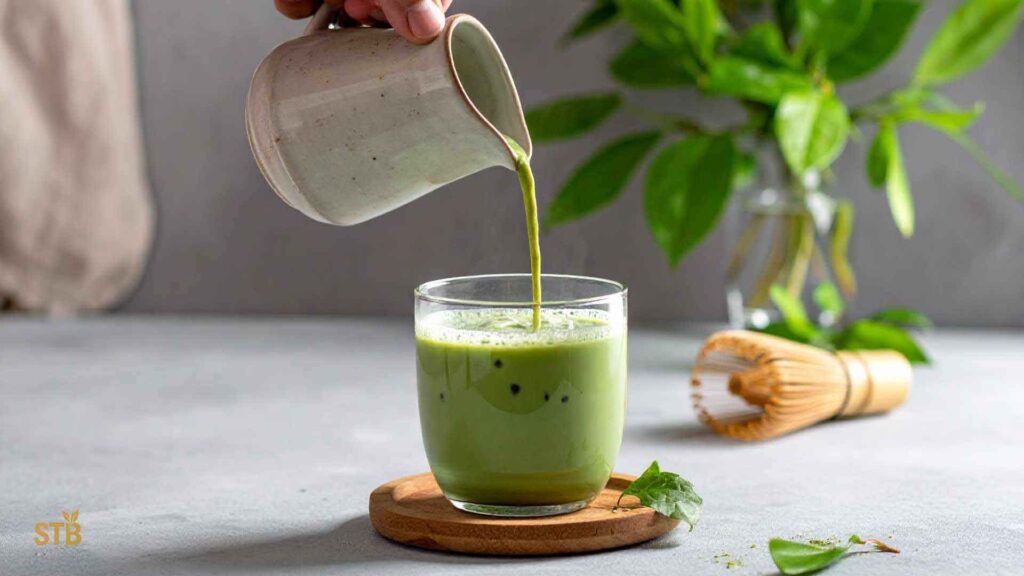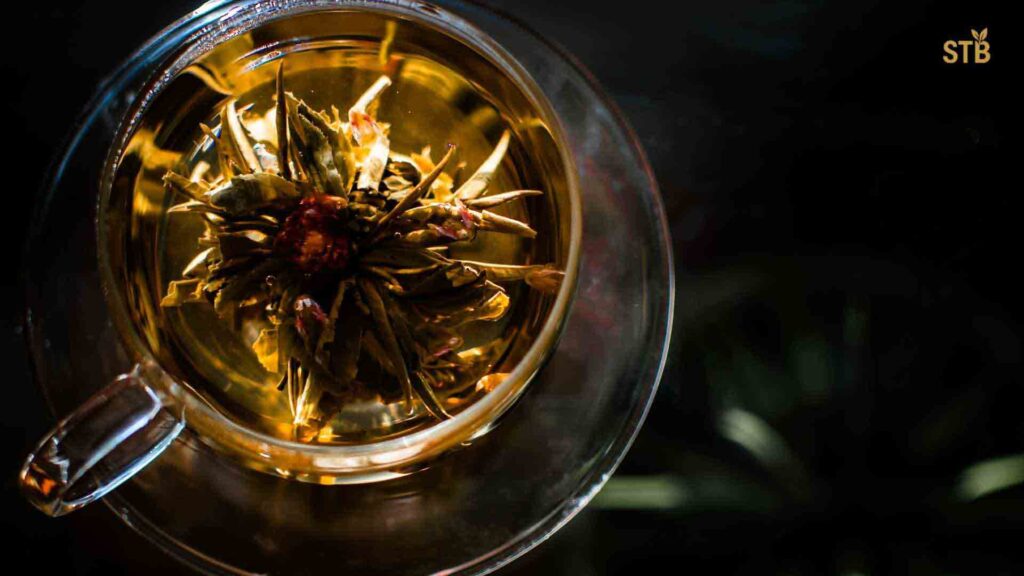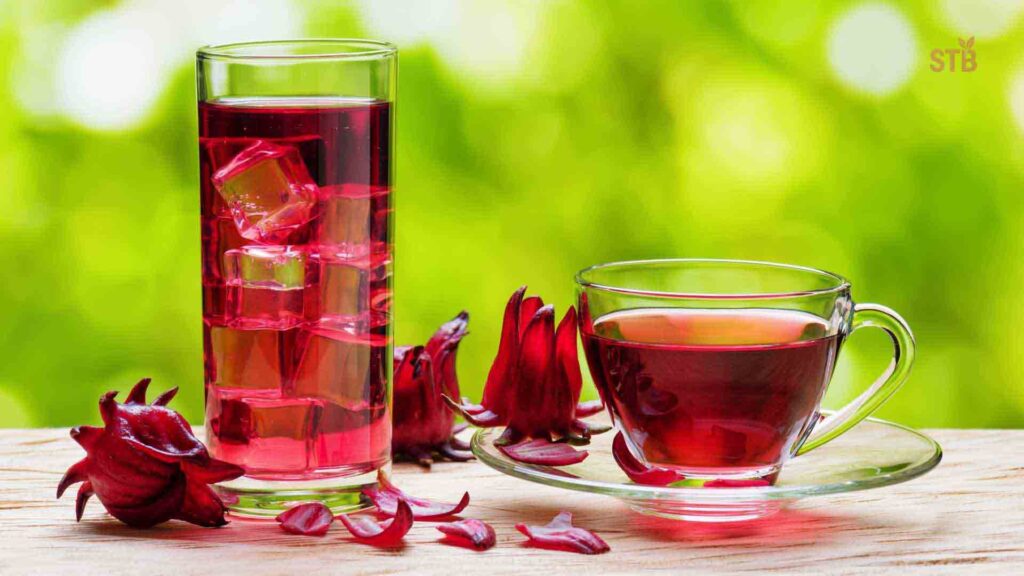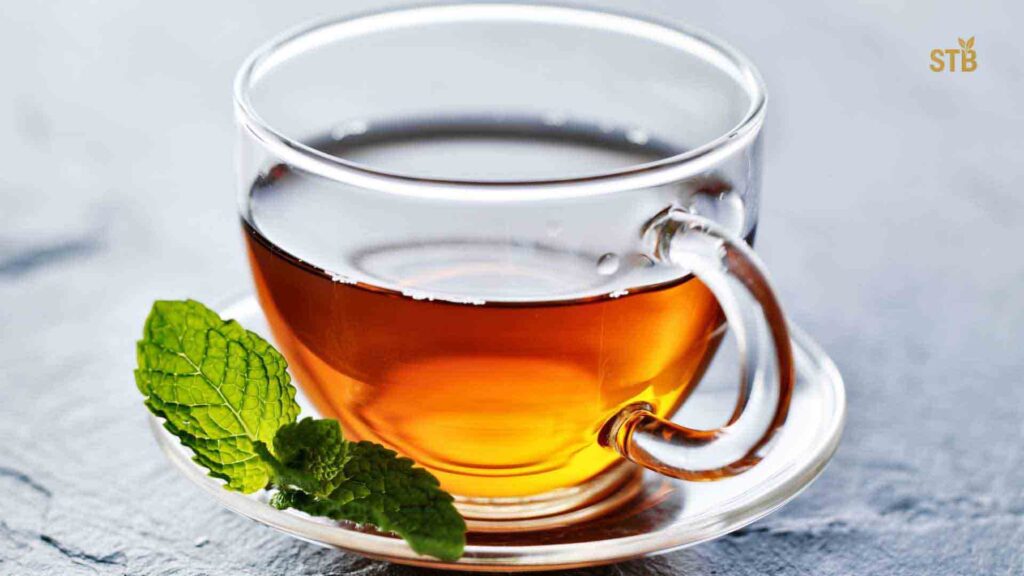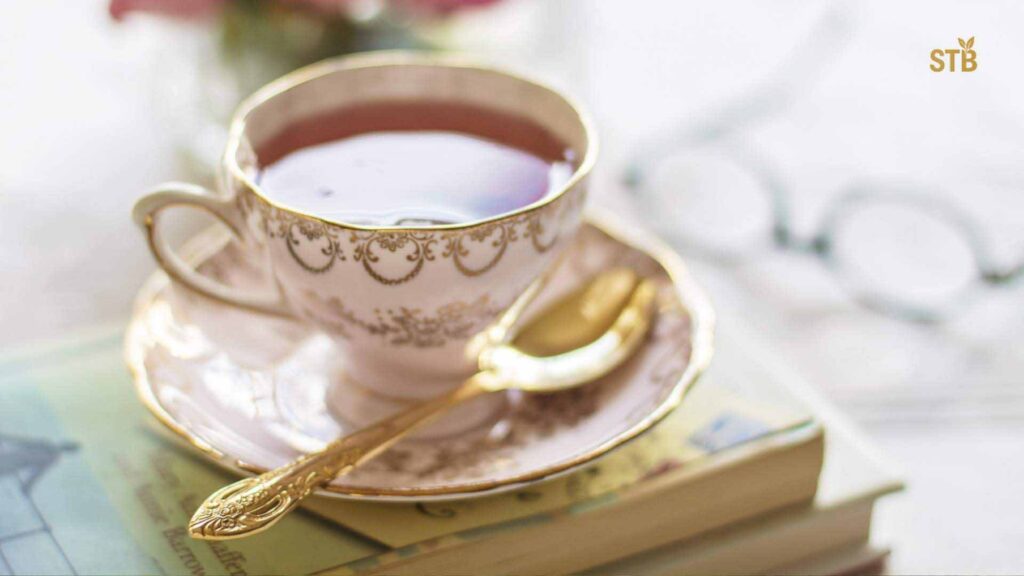Tea lovers know that a perfect cup of tea can be much more than a simple drink – it can turn a meal or snack into a memorable experience. In Bangladesh, where tea culture runs deep, pairing tea with the right foods enhances flavors and creates harmony on the palate. In this comprehensive guide, we explore best tea and food combinations, focusing on pairing tea with desserts, spicy Bangladeshi snacks, and light breakfasts.
Whether you’re sipping masala chai at dawn or enjoying green tea with sweet treats, these tips and recipes will help any tea lover elevate their tea time. Learn how to brew the perfect cup and discover different tea varieties on our blog for even richer pairing experiences.
Tea pairing is much like pairing wine – the goal is to complement and balance flavors. As Food pairing explains, “the right tea will balance and even accentuate the flavors in your food”. For example, a light floral tea can highlight the delicate notes of a fruit tart, while a strong black chai stands up to a rich, spicy samosa.
The key is matching tea intensity to the food’s richness and sweetness. In practice, that means bold, full-bodied teas with hearty or sweet dishes, and lighter teas with delicate flavors. This guide will help you navigate those choices, with practical pairing suggestions and examples.
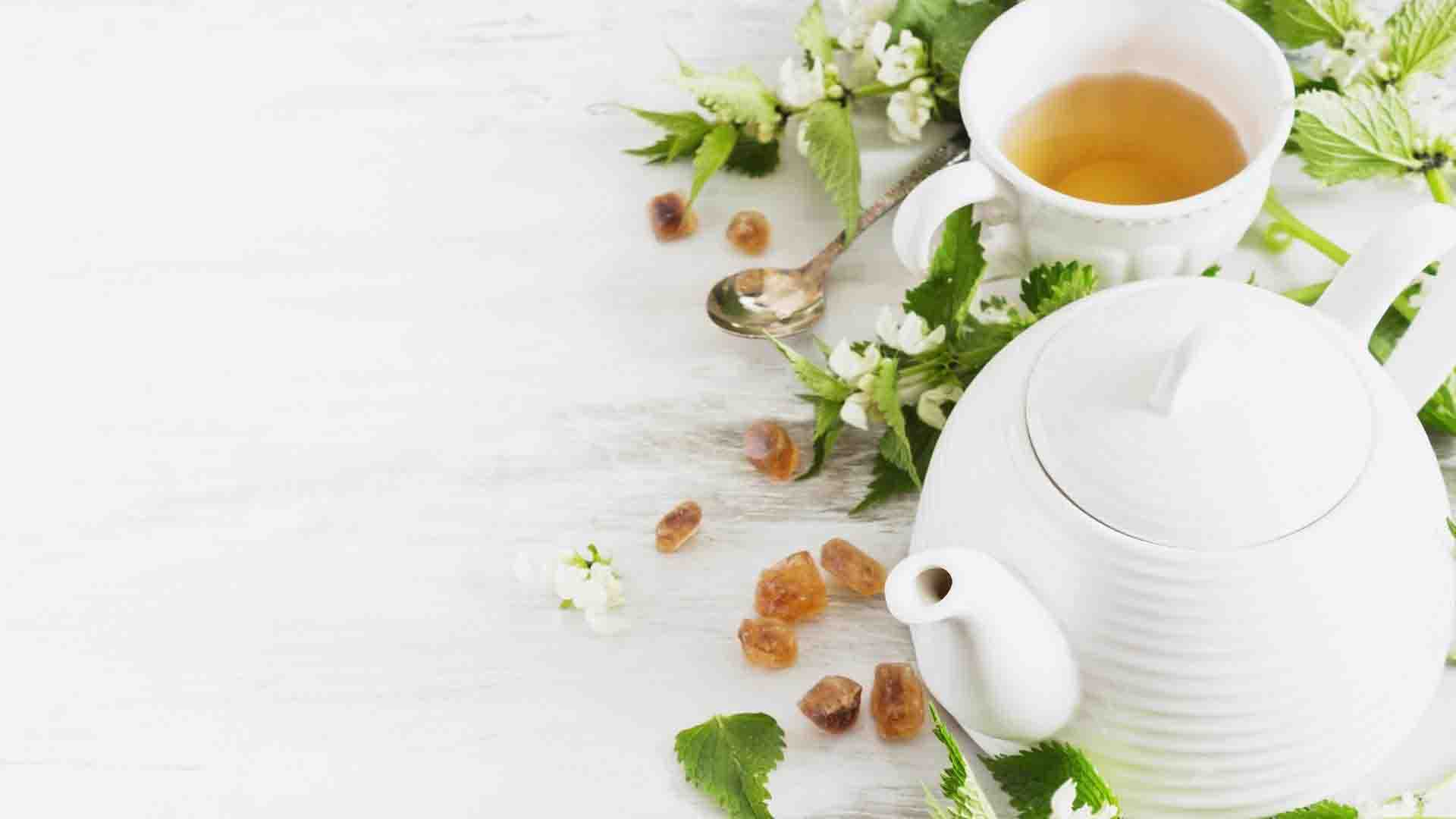
Why Tea Lovers Pair Tea with Food?
Pairing tea with food is not just a trendy idea – it’s rooted in tradition and science. In many Asian cultures, tea is traditionally served alongside meals or snacks to aid digestion and cleanse the palate. Modern research confirms what tea aficionados have known for centuries: tea’s tannins and aromas can balance the sweetness or richness of foods, making each bite more enjoyable. As one guide notes, a well-chosen tea can “cleanse the palate and refresh your senses, making each bite of dessert even more enjoyable”.
Here are some general principles to remember when pairing tea with food:
- Match intensity and flavor profiles: Light teas (green, white) go best with delicate, lightly sweet foods, while robust teas (black, masala chai) pair well with rich or spicy dishes.
- Balance sweetness and richness: If a dessert or snack is very sweet or fatty, choose a tea with astringent or tannic notes to cut through that richness. For example, black tea’s tannins can counter the heaviness of chocolate or deep-fried snacks.
- Consider regional customs: In Bangladesh, chai (spiced black tea) is traditionally enjoyed with snacks like samosas and pakoras, while green or white teas might be preferred for lighter fare or sweets.
- Use aroma and spices thoughtfully: Spicy, fragrant teas (e.g. masala chai or ginger tea) can complement spiced foods, while floral or citrusy teas (e.g. jasmine, lemon-infused) refresh the palate between bites.
In the following sections, we apply these principles to specific pairings: desserts, spicy snacks, and breakfasts.
Tea and Desserts: Sweet Pairings
Desserts and tea are a classic combination – just like coffee or wine, the right tea can make sweet treats taste even better. Here are some reliable dessert pairings for tea lovers:
- Black Tea with Rich Chocolate and Cakes: Full-bodied black teas (like Assam or Darjeeling) have malty, bold flavors that stand up to rich, chocolate-based desserts. The tannins and brisk notes in black tea cut through the sweetness of chocolate, brownies, or dark chocolate cakes, cleansing the palate between bites. For example, a cup of robust black chai or Ceylon tea pairs beautifully with a slice of chocolate cake or brownies.
- Green Tea with Light, Fruity Desserts: Green teas, with their light, vegetal, or grassy notes, complement delicate fruit-based desserts such as fruit tarts, lemon cakes, or berry sorbets. The gentle flavor of green tea lets citrus and berry flavors shine. For instance, try jasmine green tea with a lemon tart or strawberry shortcake. Green tea’s subtle sweetness and aroma will match the dessert without overpowering it.
- White Tea with Mild Pastries: White teas are the most delicate, so they pair best with very mild, light pastries or biscuits. Think almond biscotti, shortbread cookies, macarons, or angel food cake. White tea won’t overpower these subtle flavors. A silver needle or white peony tea can bring out faint floral or honey notes in a delicate dessert. White tea with green Apple pie or custard-filled pastries is also an elegant combination.
- Oolong Tea with Nutty, Spiced Treats: Oolong teas (partially oxidized) have a complex flavor profile that bridges black and green. Their floral and toasty notes go well with nutty or spiced desserts, like pecan pie, nut biscotti, or cinnamon rolls. Try a lightly roasted oolong with a cinnamon-spiced cake or a caramel nut tart. The tea’s richness enhances the spices and nuts without clashing.
- Herbal Teas with Creamy Desserts: Caffeine-free herbal teas are perfect for pairing with creamy, rich desserts (cheesecakes, crème brûlée, custards). Chamomile or mint tea can refresh the palate after a heavy slice of cheesecake, for example. Peppermint tea is particularly nice with chocolate desserts for a mint-chocolate feel. Since herbal teas have no caffeine, they won’t interfere with sleep if enjoyed after dinner.
- Chai and Traditional Sweets: Don’t forget local sweets! In Bangladesh, sugary treats like jalebi (deep-fried sugar spirals), mishti (milk-based sweets), or pitha (rice cakes filled with coconut/jaggery) are often enjoyed with milky masala chai. The spicy warmth of chai balances the intense sweetness of these snacks. For example, jalebi and masala chai are a beloved pairing – the chai’s spices and tannins cut through the syrupy jalebi.
Tips for Dessert Pairing:
- Lighter desserts call for lighter teas; very rich desserts call for bolder teas.
- Balance sweetness: if a dessert is very sweet, choose a slightly more astringent or unflavored tea to balance the sugar.
- Experiment with tea-infused desserts: Baking with tea can also create harmony. Tea-infused cakes, cookies, or custards (like green tea ice cream or Earl Grey muffins) bring tea flavor into the food.
- Remember, there are no absolute rules – personal preference matters. The goal is to have both tea and dessert taste great together.
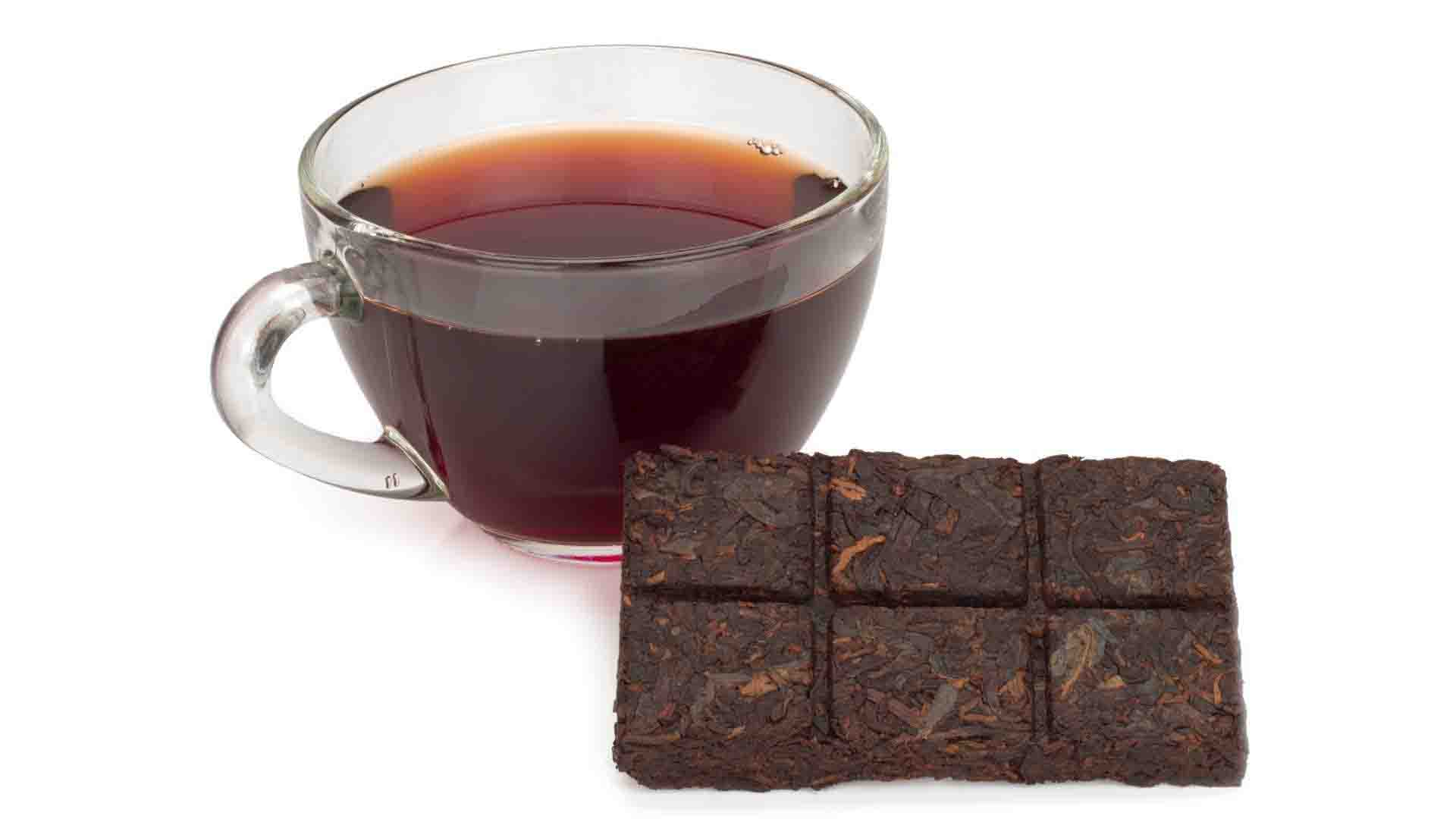
Tea and Spicy Bangladeshi Snacks
Spicy, savory snacks are a perfect match for tea in Bangladesh – especially on rainy afternoons or as evening treats. Traditional Bangladeshi snacks like samosas, pakoras (vegetable fritters), singaras (Bengali samosas), nimki, and spicy chaat go exceptionally well with aromatic teas (often masala chai). Here’s why and how to pair them:
- Masala Chai with Samosas or Singaras: One of the most iconic pairings is samosa and chai. The savory, spicy potato filling and crispy pastry of a samosa (or its Bengali cousin singara) are balanced by a hot masala chai. Chai’s blend of black tea, cardamom, cinnamon, ginger, and pepper provides a warm, spiced contrast. As Kola Goodies notes, the crunch of samosa “complements the aromatic chai beautifully”. Try pairing steaming, spicy samosas with sweetened masala chai to highlight both flavors.
- Tea with Pakoras and Fritters: Fried snacks like onion pakoras, potato bhajis, or mixed vegetable fritters are another monsoon favorite. These crispy, spicy bites have heat and oil that tea can tame. A strong cutting chai or ginger tea is ideal. The cardamom and ginger in chai help cut through the spiciness and cleanse the palate between the fried batter. For example, during a rainy evening, sip a piping hot spiced tea with onion pakoras – it’s a classic comfort combo.
- Ginger or Cardamom Tea with Spicy Curries or Parathas: Many Bengali breakfasts or meals include hot parathas (flatbread) and curries. A cup of ginger tea (adrak wali chai) or elaichi (cardamom) chai alongside a spicy egg or beef curry and paratha warms and soothes the stomach. Ginger tea’s warming spice goes hand-in-hand with savory foods, aiding digestion. Similarly, cardamom chai is smooth enough to enjoy with a heavy breakfast of paratha, eggs, and achar (pickle).
- Tea with Street Snacks (Fuchka, Jhalmuri): Street snacks like fuchka (pani puri) or jhalmuri (spiced puffed rice) can be matched with milder green or black tea if needed. These snacks are tangy and spicy, so a mild Darjeeling or Ceylon black tea can complement the flavors without clashing. (Many people enjoy fuchka with the traditional spiced water, but a sip of sweet tea afterward can be refreshing.)
- Mint or Peppermint Tea with Heavily Spiced Food: After enjoying very spicy foods, a cup of mint or peppermint tea can cool the palate. Peppermint tea is soothing on the tongue and stomach, making it a great follow-up to something fiery.
- Spice and Tea Synergy: There’s a reason spice and tea often go together. The heat of spicy snacks wakes up your senses, while the tea’s warmth and sweetness soothe and balance it. As one food blog observes, “Spice and tea go hand in hand the heat wakes up your senses, while the tea soothes and balances it out.” So don’t shy from pairing your chilies and heat with a calm, mildly sweet tea.
Popular Snack & Tea Combos:
- Samosa/Singara + Masala Chai
- Onion Pakora + Cutting Chai (strong, spicy black tea with spices)
- Bread/Toast with Tomato & Chili + Elaichi (cardamom) Chai
- Jhalmuri (spiced puffed rice) + Lemon or Mint Tea
- Spicy Poha or Chivda + Black Tea
Tea and Light Breakfasts
A light breakfast is the perfect time to enjoy a gentle tea pairing. Since breakfast sets the tone for the day, choose a tea that provides energy without overwhelming your palate. Here are some breakfast pairing ideas:
- Black Tea with Hearty Breakfast: For a protein-rich or carb-heavy breakfast, such as eggs, parathas (flatbreads), or bacon and pancakes, a strong black tea is ideal. The caffeine gives a morning boost, and the bold flavor stands up to savory or buttery foods. STB Leaf’s guide notes that green or black tea in the morning provides a “gentle jolt of energy” and improves alertness. For example, enjoy a cup of Assam or English Breakfast tea with omelets or parantha – the tea’s briskness complements the savory meal.
- Green Tea with Light or Sweet Breakfast: Green tea works well with lighter or sweeter morning dishes. Pair green tea with a bowl of oatmeal topped with fruit, yogurt parfait, or a slice of toast with jam. Its mild flavor refreshes the palate after fruits or milk-based breakfasts, and the antioxidants help start the day right. For instance, green or jasmine tea alongside fresh fruit salad, yogurt, and honey makes a refreshing combo.
- Earl Grey or Oolong with Pastries: If you have continental-style breakfast items like croissants, muffins, pancakes or cinnamon buns, try a tea with aromatic notes. Earl Grey (bergamot-flavored black tea) goes nicely with buttery pastries or pancakes, as the citrusy bergamot complements fruit toppings or maple syrup. A lightly oxidized oolong tea can also pair well with crepes and honey.
- Herbal Tea with Traditional Bengali Breakfast: In Bangladesh, a simple breakfast may include roti/paratha with achar (pickle), boiled eggs, or halua (sweet carrot pudding). A mild ginger or chamomile tea can soothe after spices and sweet. Peppermint tea is another good option to freshen up after a morning meal.
- Masala Chai Anytime: Many Bengali households enjoy masala chai even at breakfast. It can be paired with something like an egg paratha (rolled flatbread) or somosa to kickstart the day with familiar flavors.
Breakfast Pairing Tips:
- Think of breakfast like launching a rocket: you need good fuel (nutrients) and a flavor partner that doesn’t clash. Bold teas wake you up.
- If you have a sweet breakfast (pancakes, waffles), consider Earl Grey or cinnamon-spiced tea to match the sweet, warm notes.
- Add milk or lemon appropriately: Full breakfasts (paratha with curry) often pair with milky black tea, whereas light or sweet breakfasts might go better with black/green tea with a slice of lemon or honey.
General Tea Pairing Guidelines
While the above examples cover many favorites, remember these general pairing rules for any food:
- Match body to body: Bold, full-bodied teas (black, pu-erh, strong oolongs) go with rich, spicy, or oily foods. Delicate teas (green, white, light oolongs) suit light, subtle dishes.
- Use temperature and preparation: Iced tea can be refreshing with cold salads or spicy foods, while a very hot brew is comforting with warm, fried snacks. Follow proper brewing tips (water temperature and steeping time) to ensure the tea’s flavors shine.
- Cleanse the palate: Teas with astringency (tannins) help cleanse the palate between bites of rich or sweet foods. For example, astringent green or black teas can reset your taste buds.
- Consider flavor wheels and experiments: Organizations like the ITMA have aroma wheels showing tea notes (earthy, floral, spicy). You can use these to match ingredients (e.g. teas with citrus notes to citrus desserts). However, personal preference is key – if you enjoy a combo, it’s the right one.
- Check complementary or contrasting flavors: Sometimes a matching flavor (chocolate tea with chocolate cake) works, other times contrast is nice (citrusy tea with creamy dessert). Don’t be afraid to try both.
- Health notes: Tea adds antioxidants and can aid digestion, which is an added benefit when paired with food. For example, ginger tea with a spicy meal can soothe the stomach.
By following these guidelines and drawing inspiration from the pairings above, you’ll discover your own best tea and food combinations.
Pairing tea with food is a delightful way for tea lovers to elevate everyday meals and snacks. Whether you prefer the time-honored chai with spicy samosas or delicate green tea with fruit pastries, the right combination can bring out new dimensions of flavor. As you explore, remember that quality tea and proper preparation are crucial – see our guide on brewing the perfect cup and on different tea types for more tips.
Ready to experiment with pairings? Visit STB Leaf’s online shop to browse premium Bangladeshi black, green, white, and herbal teas. These carefully selected teas are perfect for pairing with your favorite desserts, snacks, or breakfasts. Start with our masala chai for spicy samosas, or try a light green tea with fruit tarts. Your palate will thank you! (And don’t forget to check out our blog for more tea tips and recipes.)
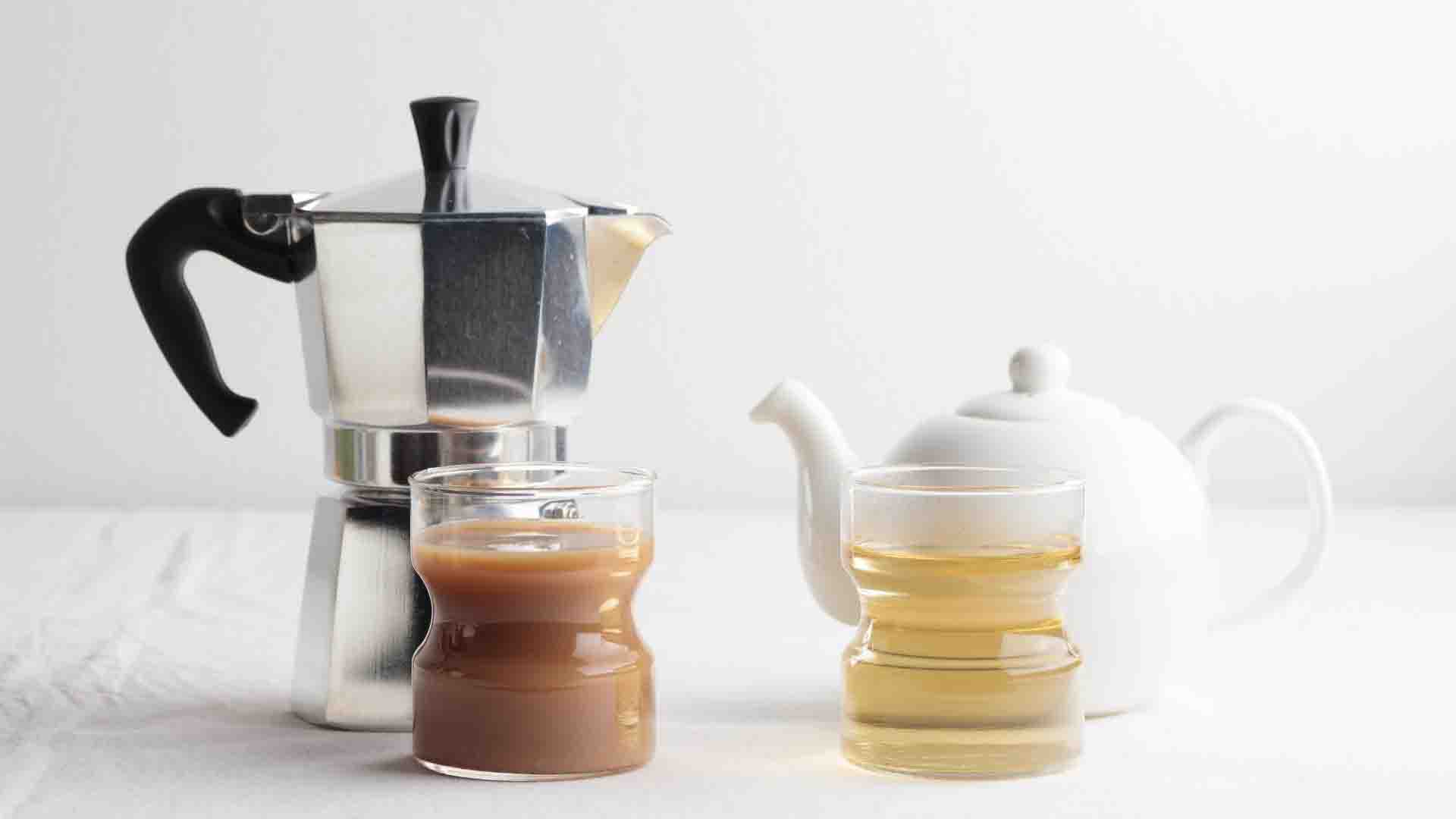
FAQs about Tea and Food Pairing
Q: What tea goes best with chocolate dessert?
A: Rich, full-bodied black teas (like Assam or Darjeeling) are ideal with chocolate desserts. The tea’s malt and tannins cut through the sweetness of chocolate, balancing the richness.
Q: Can herbal teas be paired with food?
A: Yes. Herbal teas (chamomile, peppermint, rooibos, etc.) pair well with lighter or very sweet foods since they are caffeine-free. For example, peppermint tea complements chocolate, and chamomile is soothing with vanilla or honey-flavored desserts.
Q: What tea goes with spicy foods?
A: Strong spiced teas like masala chai (black tea with cardamom, ginger, etc.) pair excellently with spicy snacks. The spices in the tea match the heat of the food, while the tea’s warmth soothes. Ginger or mint teas also help cool the palate after very spicy dishes.
Q: Is tea pairing similar to wine pairing?
A: In concept, yes. Both use a beverage’s acidity, body, and flavors to complement food. However, tea often has more tannins and different flavor profiles (spices, florals). Like wine pairing, you match intensity and either complement or contrast flavors.
Q: How do I choose a tea for a heavy breakfast?
A: Choose a robust tea. Hearty breakfasts (eggs, paratha, omelets) go well with a strong black tea or masala chai. These provide caffeine for energy and have enough body to complement savory, greasy foods.
Q: Can I mix tea into recipes?
A: Absolutely. Tea-infused recipes (like green tea smoothies, tea-flavored cakes, or even tea in curries) are an emerging trend. Using brewed tea or tea leaves in cooking can carry the tea’s flavor into the food for a harmonious meal.
Q: Does adding milk or sugar to tea affect pairing?
A: It can. Milk tea (e.g. chai or milkier black tea) often pairs well with rich or spicy foods (like samosas or curries) because the fat in milk softens spiciness. Unsweetened tea might be better with desserts to avoid extra sweetness. Adjust milk/sugar to avoid overpowering the food’s taste.
Q: Why is masala chai so popular with snacks?
A: Masala chai’s blend of black tea and warming spices (cardamom, ginger, cinnamon) makes it versatile. Its bold flavor stands up to fried, spicy snacks, and its sweetness (if added) complements savory treats. It’s a cultural staple in Bangladesh and India, often enjoyed with pakoras, samosas, and biscuits.
Q: What’s a good tea for a fruit salad or parfait?
A: A light green tea or even a mild white tea works well with fresh fruit. Their subtle, fresh flavors enhance the fruit’s sweetness without competing. Jasmine green tea or sencha are popular choices with fruit dishes.
Q: How should I brew tea for best flavor before pairing?
A: Use high-quality loose leaf tea and the correct temperature/steep time for each tea type. For example, boil water for black tea, but let it cool slightly for green tea. Over steeping can cause bitterness. A well-brewed tea (see our brewing guide) brings out the right flavors to pair with food.
Sources: Expert tea-pairing guides and STB Leaf’s tea resources were used to compile these recommendations. For more detailed tea information, visit the STB Leaf blog and shop.

